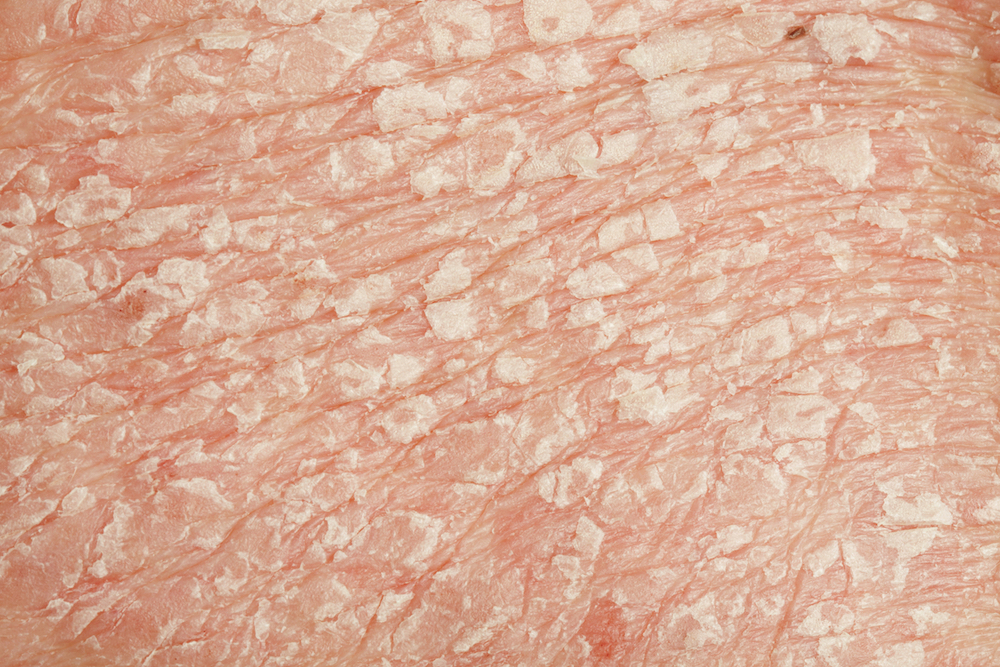 Psoriasis is a common skin disease characterized by red, itchy patches on the body caused by inflammation and increased skin turnover leading to a buildup of extra layers of skin cells. Over 7 million Americans live with continuous pain and discomfort from psoriasis.
Psoriasis is a common skin disease characterized by red, itchy patches on the body caused by inflammation and increased skin turnover leading to a buildup of extra layers of skin cells. Over 7 million Americans live with continuous pain and discomfort from psoriasis.
“Treatments for psoriasis have evolved over the years, as dermatologists and patients alike seek to control outbreaks and reduce inflammation,” says Dr. Kellie Reed, board certified dermatologist at Sanova Dermatology. Fortunately for psoriasis sufferers, many types of treatment options exist and technological advances continue to improve these options, making them more accessible to psoriasis patients.
While patients have varying options for treatment, it’s not always clear which treatment will work best for them. Many patients are also seeking less invasive Medical Dermatology Treatment with fewer side effects. A few of these therapies include:
Skin Moisturizer
If you experience mild psoriasis, you may find your symptoms improve with home-based efforts to keep your skin moisturized. Things you can do to ensure your skin stays moist include taking supplements or herbal remedies, including aloe vera, apple cider vinegar, turmeric, primrose, or tea tree oil. Just be sure to consult your doctor or dermatologist before beginning a supplement regimen. You may also find skin moisturizing lotions, such as shea butter, helpful. To keep the air you live and work in moist, you can try using a humidifier. “Probably one of the best emollients to keep your skin moist is petrolatum, or Vaseline,” says Dr. Reed.
Managing your Diet
Some psoriasis patients find adjusting their diet helps manage symptoms and reduce the frequency of outbreaks. Fish oil has been reported to help control outbreaks. Foods that reduce inflammation, like olive oil, nuts, tomatoes, leafy greens, and salmon, can also be tried.
Light Therapy
“It’s probably the only time you’ll hear a dermatologist talking about the benefits of UV light!” exclaims Dr. Reed. Targeted light therapy using narrow band UV light offers hope for those living with psoriasis. Phototherapy proves useful for treating psoriasis on the elbows, feet, hands, head, and other parts of the body. This minimally invasive procedure requires only a few sessions, each usually only lasting a few minutes.
Other Treatments
Other available treatments for psoriasis include topical steroid creams, which can reduce inflammation and help control symptoms, prescription drugs, such as Otezla, Acitretin and Methotrexate, or even injectable biologic drugs, which target specific parts of the immune system that may cause psoriasis outbreaks.
“The best treatments for psoriasis often depend on the type of psoriasis you have,” Dr. Reed explains. The most common form of psoriasis, plaque psoriasis, reveals bumpy red patches on your skin with a crusty white buildup of dead skin on the area of irritation. Psoriasis is usually diagnosed through examination by a dermatologist or through a skin biopsy.
Contact Us
Talk with your dermatologist about the most appropriate course of treatment for your unique condition. If you suffer from psoriasis, please contact us at Sanova Dermatology in Austin, Texas today.
